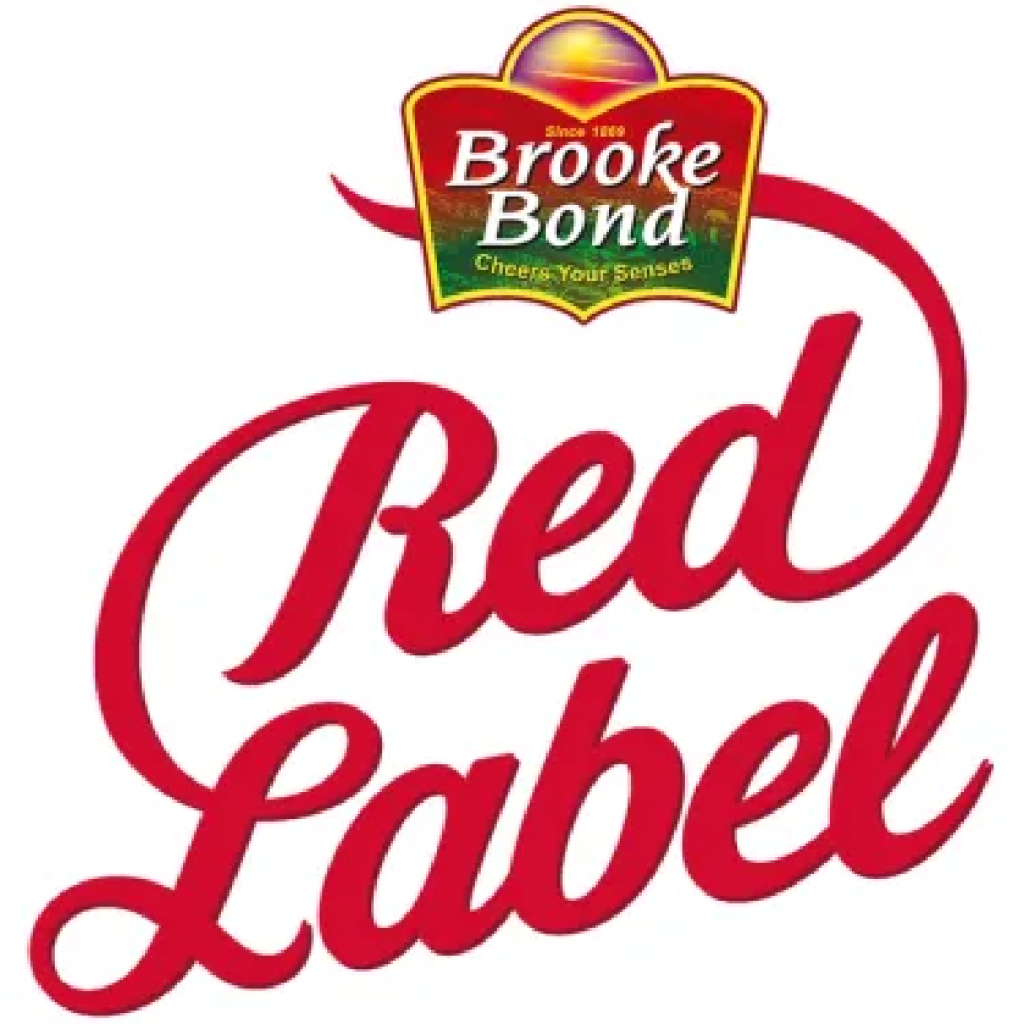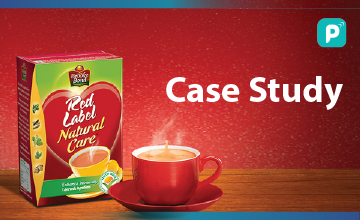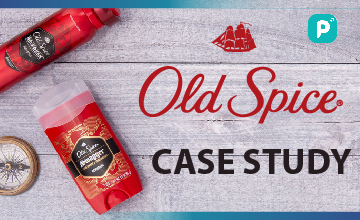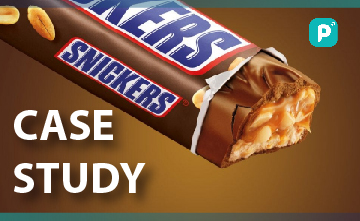Brooke bond Red Label, a largest-selling tea brand, embarked on a Pay-Per-Click (PPC) campaign to enhance its online visibility and drive more sales. With a rich history of providing quality products, Red Label aimed to leverage digital marketing to expand its reach and engage with a broader audience. The PPC campaign was a crucial part of their overall digital strategy, focusing on increasing brand awareness and driving traffic to their website.

Red Label has been synonymous with quality and taste, offering a wide range of beverages loved by consumers worldwide. The company’s primary goal for the PPC campaign was to increase online sales and strengthen its position in the competitive beverage market. Red Label wanted to create targeted ads that would resonate with its audience and drive them to take action, ultimately leading to increased conversions and revenue.
Challenges Faced by Red Label
Before launching the PPC campaign, Brooke bond Red Label faced several challenges. One of the major challenges was the intense competition in the beverage industry, with many established brands vying for consumer attention. Red Label also needed to overcome the perception that online sales were not as effective as traditional retail channels for beverage products. Additionally, Red Label had limited experience with digital marketing, making it essential to develop a comprehensive strategy that would deliver measurable results.
Strategy for brewing success
To address these challenges, Red Label developed a robust PPC strategy that focused on several key areas. First, they conducted thorough keyword research to identify relevant terms that their target audience was searching for. This allowed them to create targeted ads that would appear to users actively seeking their products.
Second, Red Label, one of the biggest tea brands, developed a compelling ad copy that highlighted the unique features and benefits of their beverages. They used persuasive language and compelling visuals to capture the attention of potential customers and drive them to click on their ads.

Third, Red Label implemented precise targeting to ensure their ads reached the right audience. They used demographic targeting, geographic targeting, and interest-based targeting to reach consumers most likely to be interested in their products.
Overall, Red Label’s PPC campaign was a strategic success, helping them increase brand awareness, drive traffic to their website, and ultimately boost sales. Through careful planning and execution, Red Label was able to overcome the challenges they faced and achieve their goals for the campaign.
Implementation of PPC Campaigns
Red Label’s PPC campaign was executed with precision and attention to detail, leveraging multiple platforms to maximize reach and engagement. The campaign primarily focused on Google Ads and social media platforms like Facebook and Instagram, allowing Red Label to target a diverse audience across different channels.
One of the unique approaches taken by Red Label was the use of dynamic ads that showcased different product offerings based on user preferences and browsing history. This personalized approach helped increase click-through rates and drive more qualified traffic to the website.

Red Label also utilized remarketing campaigns to target users who had previously visited their website but did not make a purchase. By retargeting these users with relevant ads, Red Label was able to re-engage them and encourage them to complete their purchase.
Additionally, Red Label implemented A/B testing for ad copy and visuals to determine which variations performed best. This iterative approach allowed them to continuously optimize their ads for better performance and higher conversion rates.
Results
The results of Red Label’s PPC campaign were impressive, with significant improvements in key metrics such as click-through rates, conversion rates, and return on investment (ROI).

- Click-through rates (CTR) increased by 25% compared to the previous year, indicating that the ads were resonating with the target audience and driving more traffic to the website.
- Conversion rates also saw a substantial improvement, with a 20% increase in the number of users completing a purchase after clicking on an ad. This increase in conversions directly contributed to a boost in sales revenue for Red Label.
- The ROI of the PPC campaign was also positive, with every dollar spent on advertising generating a 30% increase in revenue. This demonstrates the effectiveness of the campaign in driving tangible results for Red Label.
Overall, the implementation of the PPC campaign was a resounding success, helping Red Label achieve its goals of increasing brand awareness, driving traffic to the website, and ultimately boosting sales. By leveraging multiple platforms and adopting innovative approaches, Red Label was able to maximize the impact of their PPC campaign and achieve measurable results.
What Worked: Analysis of the PPC Campaign
Several key factors contributed to the success of Red Label’s PPC campaign. First and foremost was the effectiveness of their strategies. By conducting thorough keyword research, developing compelling ad copy, and implementing precise targeting, Red Label was able to reach a highly relevant audience and drive them to take action. Additionally, the use of dynamic ads and remarketing campaigns helped personalize the user experience, increasing engagement and conversion rates.

Another factor that contributed to the success of the campaign was the continuous optimization efforts. By regularly testing different ad variations and optimizing their campaigns based on performance data, Red Label was able to improve the effectiveness of their ads and drive better results over time.
Furthermore, the use of multiple platforms allowed Red Label to reach a broader audience and maximize their reach. By leveraging Google Ads and social media platforms, Red Label was able to engage with users at different stages of the customer journey and drive them to their website.
Lessons Learnt
One of the key lessons learned from the campaign is the importance of data-driven decision-making. By analyzing performance data and making informed decisions based on the results, Red Label was able to continuously optimize their campaigns for better results. This highlights the importance of regularly monitoring campaign performance and making adjustments as needed to improve results.
Another important lesson learned is the value of personalized advertising. By using dynamic ads and remarketing campaigns, Red Label was able to create a more personalized experience for users, which led to higher engagement and conversion rates. This underscores the importance of understanding your audience and tailoring your messaging to meet their needs and preferences.
Conclusion
In conclusion, Red Label’s PPC campaign was a resounding success, helping them achieve their goals of increasing brand awareness, driving traffic to their website, and boosting sales. By leveraging innovative strategies and continuously optimizing their campaigns, Red Label was able to maximize the impact of their PPC campaign and achieve measurable results. Moving forward, Red Label can apply the lessons learned from this campaign to future PPC campaigns, ensuring continued success in their digital marketing efforts.
Ready to take your digital marketing to the next level? Contact us today to learn how our proven PPC strategies can help drive more traffic, increase conversions, and boost your sales!
All images belong to their respective owners. Please email [email protected] if removal is required.




